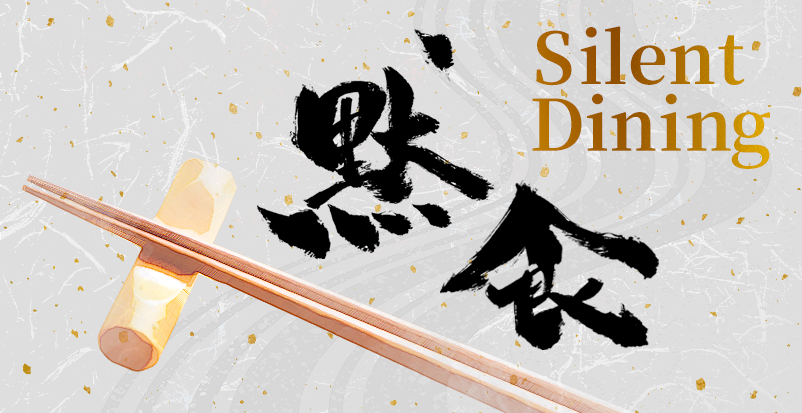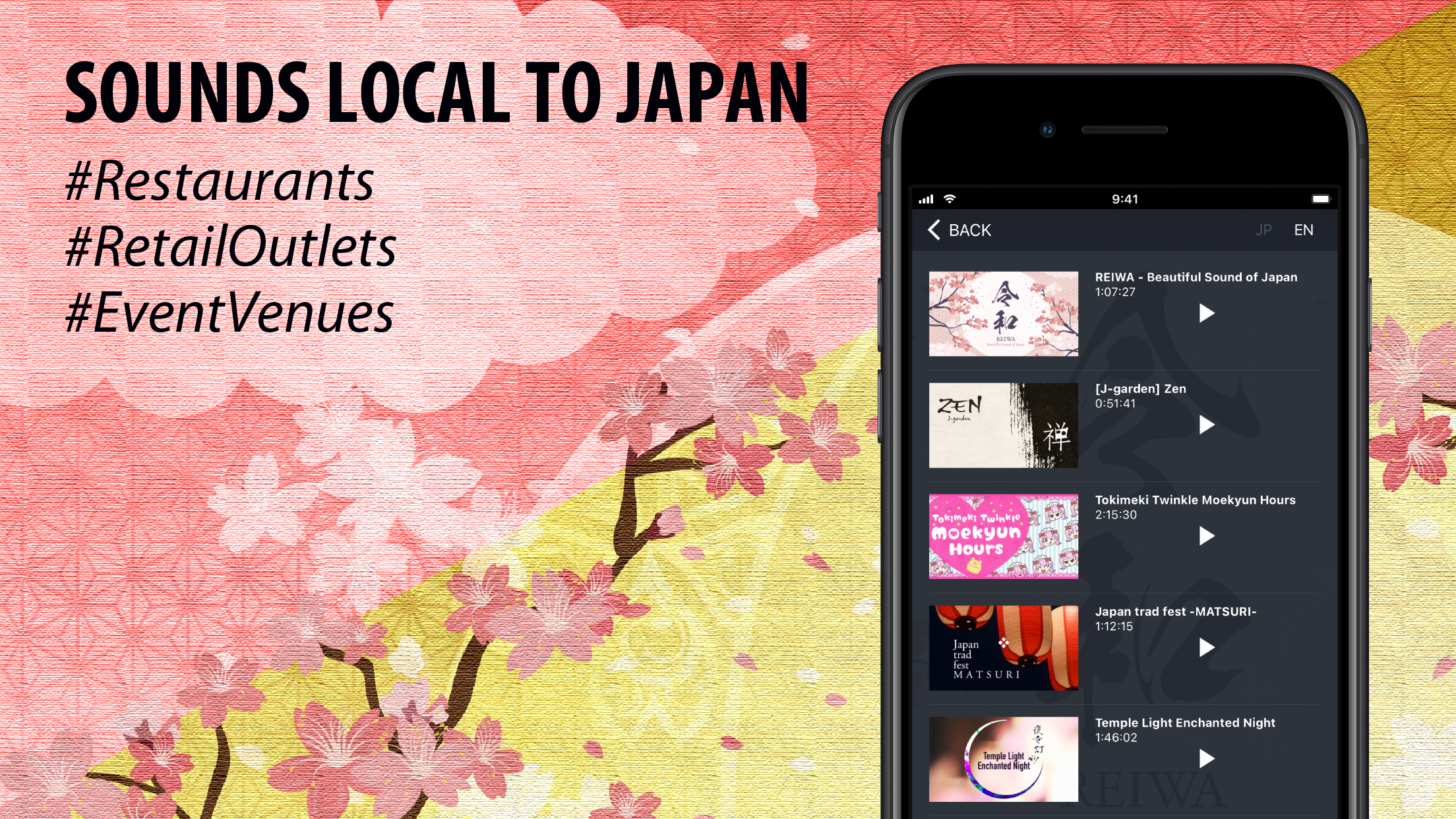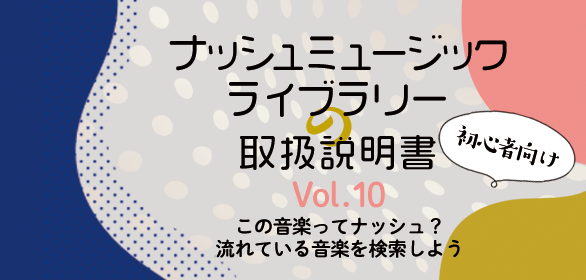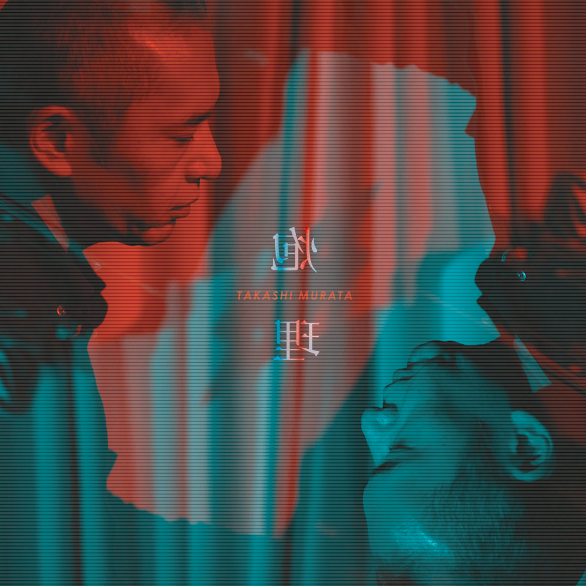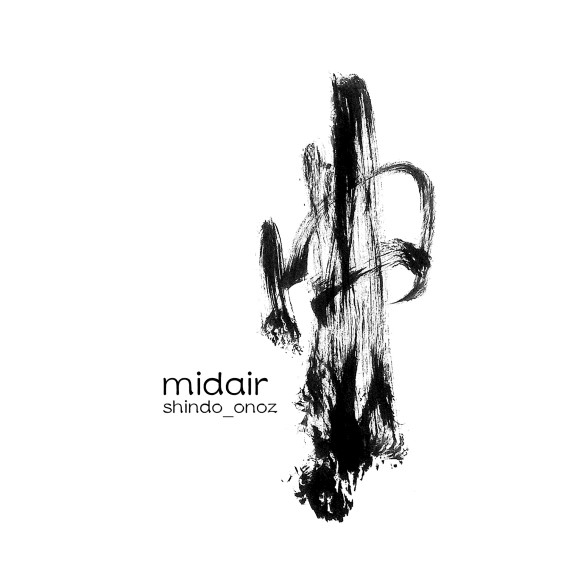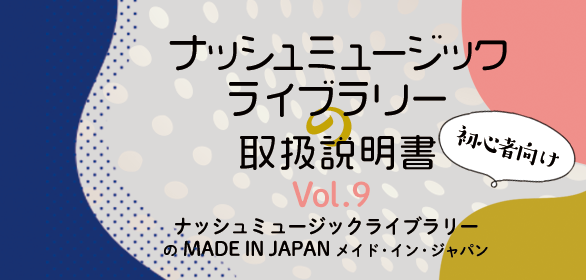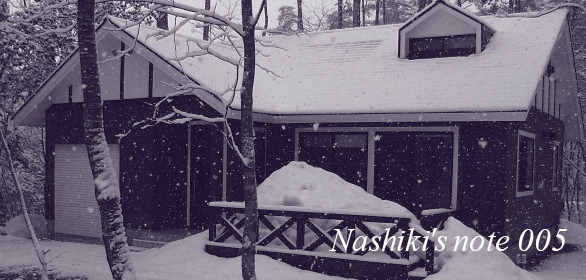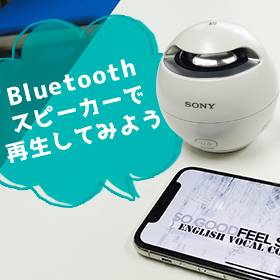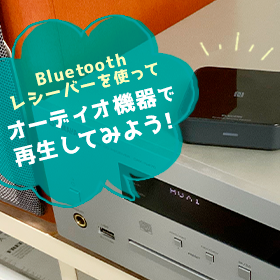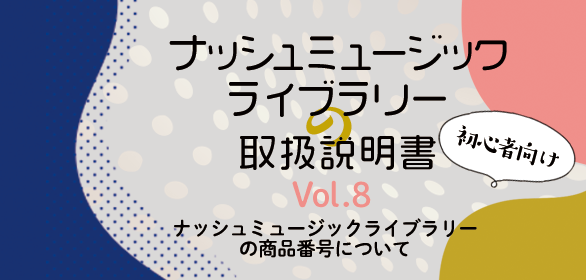In an effort to reduce the risk of COVID-19 droplet infection, "Mokushoku (Silent Dining)" has been recommended around Japan. Some restaurants actively take the concept on, encouraging their customers to eat without talking to coax anxious diners to return to their venues.
Of course, we all want to prevent the spread of infection as much as possible. The current "Mokushoku" practice carries such wishes and hopes for the virus to blow over as soon as possible, enabling us to recover our normal lives and businesses.
Background Music Precautions for "Silent Dining"
When silence prevails in your restaurant, you'll want to turn up the volume of the background music to cover it. However, please be aware that louder music can encourage your customers to talk. Furthermore, they could feel compelled to speak more loudly to counteract the increased volume of the music.
On the other hand, you may feel tempted to decrease the volume of the lively background music that you usually play to render your venue quiet enough to fit this practice. This is not recommended, since it usually gives the wrong impression —the unfortunate result is that the music feels too soft and lonely, thus it is unsatisfactory for enhancing the space or experience.
There is also the option of not playing any music at all, but when the silence descends, every small sound is amplified, even the sound of chewing. In a space that is too quiet, your customers may become unnecessarily nervous and fail to enjoy their delicious meal.
Ideal Background Music for Silent Restaurants
Then, what is the ideal BGM for the practice of silent dining? It is "music that expresses tranquility," which creates a comfortably "silent" space for your customers. There is no need to turn the volume up or down, which could lead to disproportionate sound. Even if it's played at a relatively high volume, this music will invoke an atmosphere suitable for silent dining that will prevail naturally. Above all, it relieves spatial tension and allows customers to relax.
Convey unspoken messages among your customers that your restaurant is for "silent dining," through the music played in the restaurant, to put customers at ease and to avoid misleading those who visit your venue for the first time.
"Silent Dining" Allows for Mindful Enjoyment of a Delicious Meal
The inspiration for "Mokushoku (Silent Dining)" was derived from the Buddhist teaching called "Mokujiki (Silent Eating)," which has always been a meaningful meditation or zazen practice of Buddhist priests. Why not take this opportunity to eat in tranquility, aware of and thankful for the ingredients, their producers, and the people who make them into a beautiful meal? You can expect to discover new flavors that may have been overlooked at parties or business tables or even at daily dinners eaten at home. We hope you enjoy a more meaningful mealtime than ever before.
Enrich Your Life and Mood, Even Under Social Restrictions, with the Power of Music
You can enjoy "music that expresses tranquility," which this article recommends for silent dining (and more casual quiet meals, too), by searching using the following keywords on the "Nash Music Channel" background music service app:
Silence/Healing/Relaxation
Manabu Kondo (Nash Music Channel Development Producer/Production Director)

